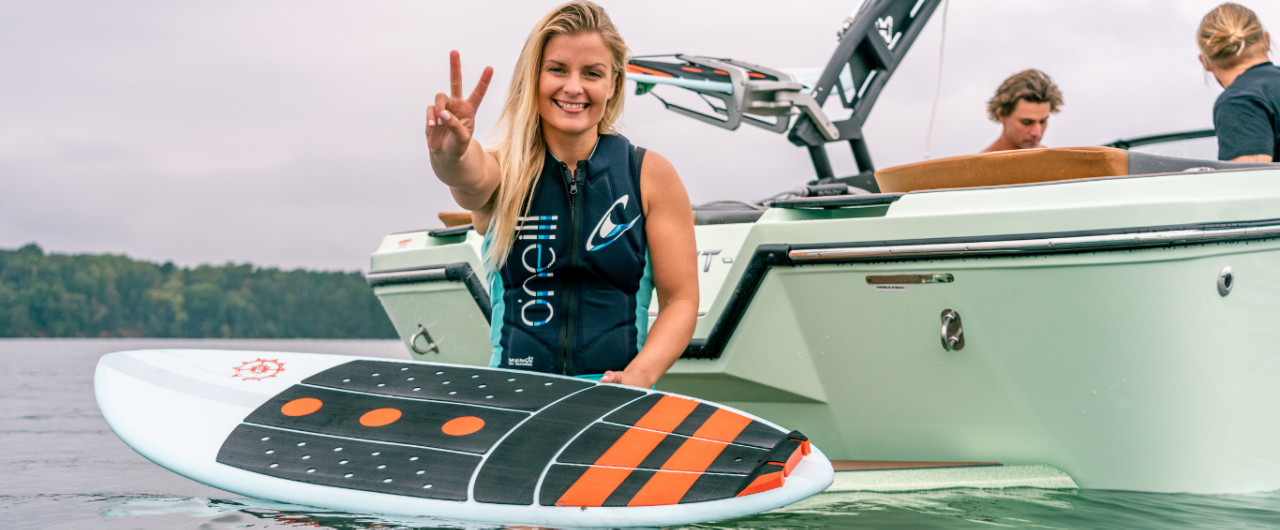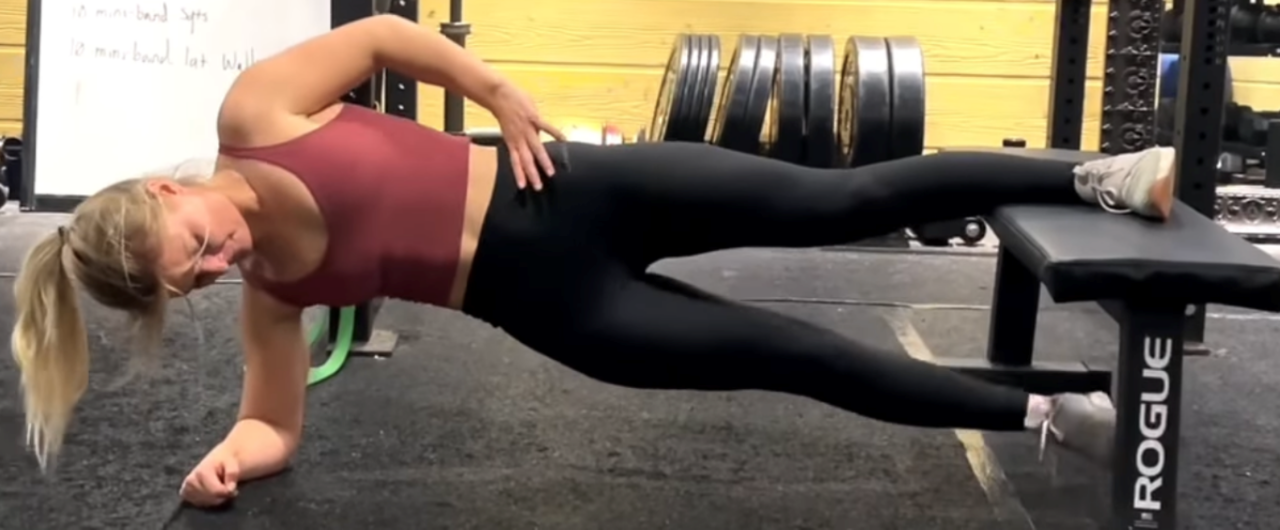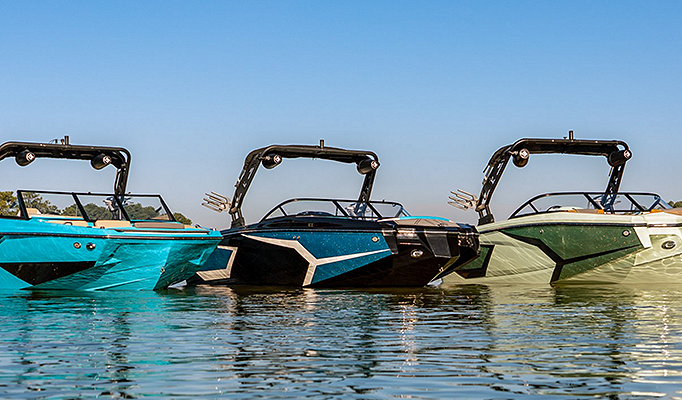HEYDAY PRO CARRO DJUPSJO BREAKS DOWN HER ROUTINE AND SHARES TIPS FOR GETTING WAKEBOARD-READY*
If you want to take your wake game to the next level, then you have to make your physical readiness match your mental focus.
I work out the hardest during our preseason and train about 3-4 hours a day. On a typical training day, I’ll wake up and hit the water for a wakeboard set or two in the morning behind my Heyday boat when the water is glass, then have a break to recover during lunch and do some kind of cross-training in the afternoon. Sometimes it’s the gym, sometimes yoga or surfing.
Here are five key pillars you can use as the starting point for your own wake sports training and fitness routine:

DESIGNED BY WAKE ENTHUSIASTS, OUR INNOVATION AND ATTENTION TO DETAIL SHINE WHERE IT MATTERS MOST.
1) Always warm up
Surprisingly, there is no scientific proof that stretching before an on-water session helps prevent injuries but I feel better when I do a quick, on-land 5-10 minute warm-up before I go for a ride. By performing a few different types of lunges, a couple of yoga sun salutations and some basic jumps on land, it gets my mind gets in the right place and raises my heart rate so I’m ready to ride. One of my favorite stretches to wake up my body is called “the world’s greatest stretch.”
2) Train your whole body
Wakeboarding is a sport that activates your entire body and can put a lot of pressure on your joints so I use off-water strength training to build up my body to create stronger takeoffs and help it withstand the impacts of landings. My trainers have me focus on functional training, which means working your body’s muscles together as one unit rather than targeting certain muscle groups separately.
3) Build strength
It’s important to work on keeping your legs and core muscles strong. Deadlifts and front squats activate your entire body and build strength for wakeboarding. Focus on being explosive when pushing up and then use an eccentric, slow approach on the way down to really target the muscles used in wakeboarding. Don’t do the same exercises each time you work out; mix it up to keep your workout dynamic.
4) Build endurance
Whether you’re wakeboarding or wakesurfing, I believe the rowing machine is the single best apparatus for improving wakesports performance. It not only works the core muscles, legs and improves grip strengthbut it also builds endurance to help you train longer.
5) Eat smart
I believe in the 80/20 concept. That means I eat 80% healthy, 20% not. I don’t follow any strict diet, but I try to routinely make healthy choices. I make sure I eat plenty of fresh vegetables and fruit. As a pescatarian, I’m conscious of getting enough protein through beans, tofu, eggs and fish. I drink a lot of water and stay away from too much processed food but I still allow myself to indulge once in a while with ice cream, sweets or French fries because life is too short to give up French fries!

*THIS WEBSITE DOES NOT PROVIDE MEDICAL ADVICE
The information, including but not limited to, text, graphics, images or other material contained on this website are based on opinion and intended for informational purposes only. Always seek the advice of your physician or other qualified health care provider before undertaking any new fitness regimen.



